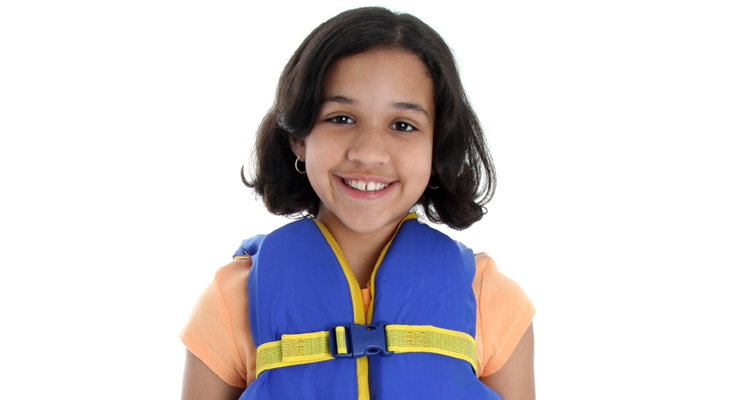Summer is here and few things feel better on a hot day than cool
water. Whether you head to the pool, the beach, or the lake when you take a dip, consider these 10 tips for staying safe in and around the water:
1. Take swimming lessons. If you are an adult who can’t swim, consider a weekend swimming lesson. And if you have a child who has not yet learned to swim, sign them up for lessons as soon as possible. Learning to swim at an early age builds confidence and encourages water safety for a lifetime.
2. Never swim or boat alone. Not only is swimming/boating with a friend more enjoyable, it’s also smarter. Having someone there to assist in an emergency could save a life.
3. Install barriers and keep a close eye on children. Children between the ages of one and four, who drown in an at-home pool, are usually under parental supervision and out of sight for less than five minutes. Pool barriers can help restrict access to the pool. It is also important to teach children to ask before going near the water, and to remove pool toys, whenever possible, as they can attract a child’s attention and draw them to the water.
4. Do not use air-filled toys as flotation devices. Pool noodles, water wings, and blow-up rafts are not designed to be used in place of personal flotation devices.
5. Wear a U.S. Coast Guard-approved personal flotation device (PFD) when boating. According to the Centers for Disease Control and Prevention (CDC), 72 percent of boating incidents are drowning incidents, and nine out of 10 people who die from such incidents aren’t wearing personal flotation devices.
6. Know your limits. Swimming can be a lot of fun, but if you’re not a strong swimmer, or if you’re just learning to swim, don’t go in water that’s so deep you can’t touch the bottom.
7. Learn CPR. Effective bystander CPR, provided immediately after sudden cardiac arrest, can double or even triple a victim’s chance of survival. Need a crash course? Visit redcross.org or contact the Danville Lifesaving Crew at 434.792.2739 for course offerings.
8. Don’t mix alcohol and water activities. Alcohol use is involved in a large percentage of swimming and boating incidents. Alcohol can dull your judgment, response time, balance, and the body’s ability to stay warm.
9. Use caution in natural water settings. Statistics show that as people get older, drowning incidents are more likely to occur in natural water settings. Be careful when boating or swimming in these areas.
10. Pay attention to local weather reports. When at the beach or in natural water areas, pay attention to weather reports and know the color of the flags that warn beachgoers of potential threats. Keep an eye out for dangerous waves, debris, and/or rocks.
“About 3,500 Americans drown each year, averaging 10 deaths per day. Drowning is the sixth leading cause of unintentional injury death for people of all ages, and the second leading cause of death for children ages 1 to 14 years,” says Karen Wilkinson, Family Nurse Practitioner at Family Healthcare Center in Gretna. “Sadly, many drowning deaths could have been prevented, which is why taking simple precautions, like those listed above, are so important.”
To learn more about keeping your family safe in the water, visit water safety.
